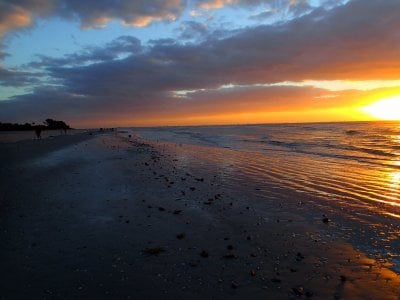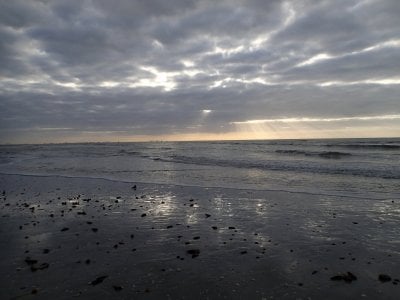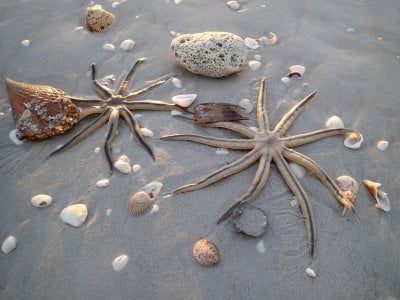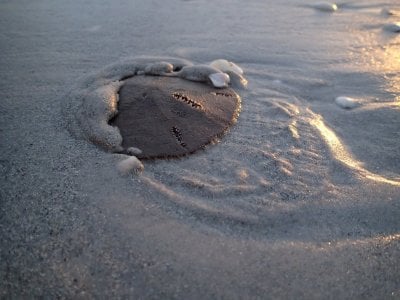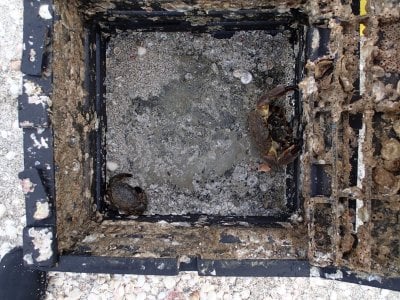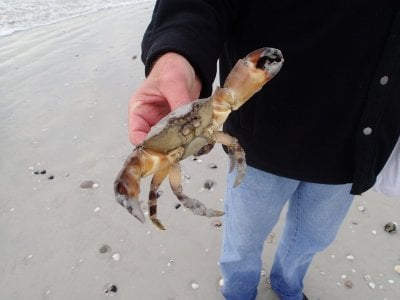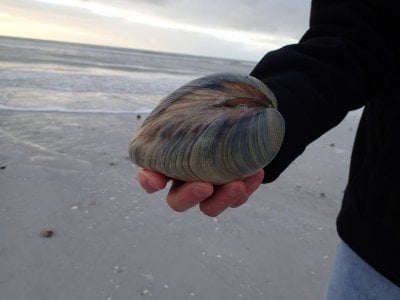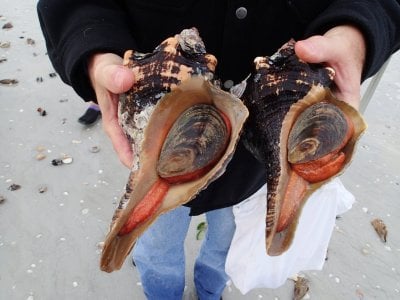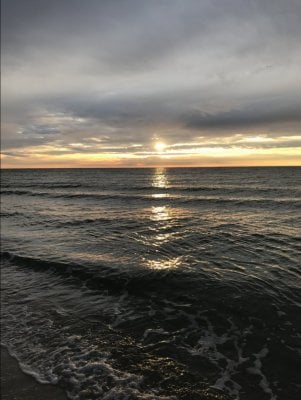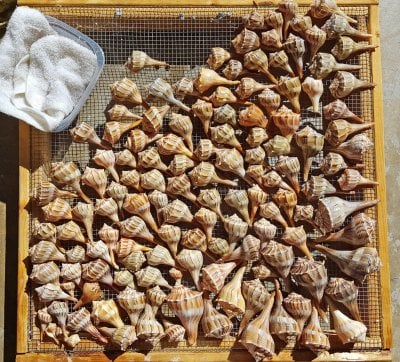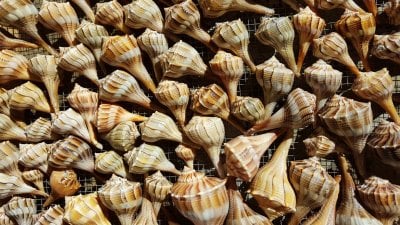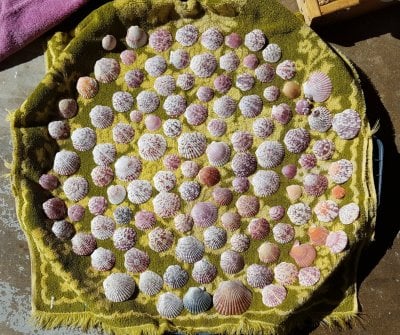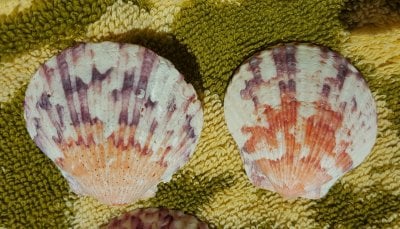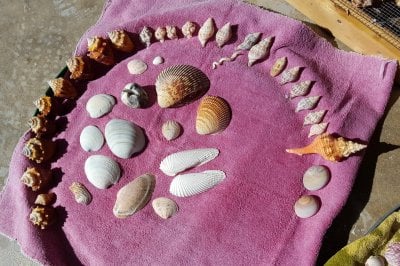As you know I'm from Michigan but I have been out to Sanibel Island 3 times over the past 6 years. Love the place! The only thing I did not care for was the no-see-ums bugs lol. I had bites all over me and they itched ALL the way home. The thing is you can't see them or feel them bite but that night you sure do lol.
No-see-ums have a time schedule, they like dawn and dusk. They have a location, they like being around foliage. They have weather issues, they like humid, damp and calm winds and hate sun and wind. All that said, different people react to them differently as well. Some people are really effected in a serious way, like you, and no-see-ums can be as bad as mosquitoes. But for other people, they are hardly even noticed.
The last time we were out it was early and there was no wind. I did notice the no-see-ums as they would bite, but I never feel any after effects. And we didn't have any bug spray with us as these pests haven't been a big problem for us in the past. But even a mosquito bite only raises an itchy bump for about 30 minutes on my while they raise nasty welts for 1 to 2 days on a friend of mine. But any time we are out doing a beach walk and looking for livestock, it's almost always cooler to cold temperatures (at least for no-see-ums) and usually windy.
As a side note, this summer when the Red Tide was really at its height we did a beach walk. Because they cleaned the beach almost every day of dead fish, that wasn't a issue we had trouble with. But it became obvious to us that the native wildlife did. First we noticed there were absolutely no shore birds. No flocks of gulls running around on the beach by the dozens (normal) or even a single bird. Then we relived there were no pelicans. We would normally see at least a few and often as many as 20 or 30 in a 2 hour beach walk. But the scary realization came we we noticed there were almost no flies feasting on the dead fish that were on the beach. Even after clean up, there were dead fish every 10 to 20 feet and almost no flies!
But things seem to be getting back to a somewhat more normal situation now. We saw no dead fish and they aren't doing beach clean ups any more. And we did see a few flocks of different types of birds picking at the algae and poking at the sand along the water's edge. Now If I could just find some sponges... my tank needs a few porcelain crabs and a few pistol shrimp! LOL!





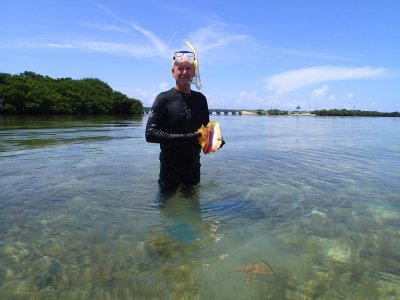


 P8020230
P8020230 P8020177
P8020177 P8020176
P8020176
